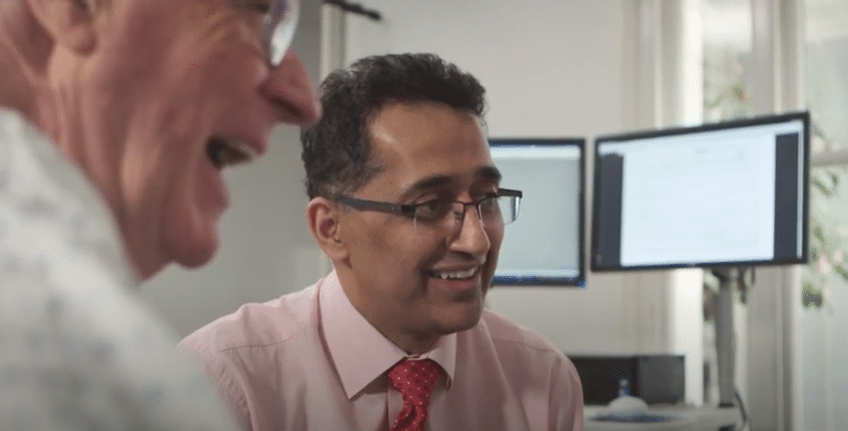
Our cardiologists are at the cutting edge of their fields of interest. They are active researchers and are asked to lecture locally and internationally. See below for a selection of their research:
Al-Lamee R, Howard JP, Shun-Shin MJ, Thompson D, Dehbi HM, Sen S, Nijjer S, Petraco R, Davies J, Keeble T, Tang K, Malik IS, Cook C, Ahmad Y, Sharp ASP, Gerber R, Baker C, Kaprielian R, Talwar S, Assomull R, Cole G, Keenan NG, Kanaganayagam G, Sehmi J, Wensel R, Harrell FE, Mayet J, et al.
Fractional Flow Reserve and Instantaneous Wave-Free Ratio as Predictors of the Placebo-Controlled Response to Percutaneous Coronary Intervention in Stable Single-Vessel Coronary Artery Disease.
Circulation. 2018 Oct 23;138(17):1780-1792. doi: 10.1161/CIRCULATIONAHA.118.033801.
Kyriacou A, Rajkumar CA, Pabari PA, Sohaib SMA, Willson K, Peters NS, Lim PB, Kanagaratnam P, Hughes AD, Mayet J, et al.
Distinct impacts of heart rate and right atrial-pacing on left atrial mechanical activation and optimal AV delay in CRT.
Pacing Clin Electrophysiol. 2018 Jun 1;41(8):959-66. doi: 10.1111/pace.13401. Online ahead of print.
Broyd CJ, Rigo F, Nijjer S, Sen S, Petraco R, Al-Lamee R, Foin N, Chukwuemeka A, Anderson J, Parker J, Malik IS, Mikhail GW, Francis DP, Parker K, Hughes AD, Mayet J, et al.
Regression of left ventricular hypertrophy provides an additive physiological benefit following treatment of aortic stenosis: Insights from serial coronary wave intensity analysis.
Acta Physiol (Oxf). 2018 Dec;224(4):e13109. doi: 10.1111/apha.13109. Epub 2018 Aug 3.
Malhotra A, Dhutia H, Finocchiaro G, Gati S, Beasley I, Clift P, Cowie C, Kenny A, Mayet J,et al.
Outcomes of Cardiac Screening in Adolescent Soccer Players.
N Engl J Med. 2018 Aug 9;379(6):524-534. doi: 10.1056/NEJMoa1714719.
Cook CM, Ahmad Y, Howard JP, Shun-Shin MJ, Sethi A, Clesham GJ, Tang KH, Nijjer SS, Kelly PA, Davies JR, Malik IS, Kaprielian R, Mikhail G, Petraco R, Al-Janabi F, Karamasis GV, Mohdnazri S, Gamma R, Al-Lamee R, Keeble TR, Mayet J, et al.
Impact of Percutaneous Revascularization on Exercise Hemodynamics in Patients With Stable Coronary Disease
J Am Coll Cardiol. 2018 Aug 28;72(9):970-983. doi: 10.1016/j.jacc.2018.06.033.
Ahmad Y, Götberg M, Cook C, Howard JP, Malik I, Mikhail G, Frame A, Petraco R, Rajkumar C, Demir O, Iglesias JF, Bhindi R, Koul S, Hadjiloizou N, Gerber R, Ramrakha P, Ruparelia N, Sutaria N, Kanaganayagam G, Ariff B, Fertleman M, Anderson J, Chukwuemeka A, Francis D, Mayet J, et al.
Coronary Hemodynamics in Patients With Severe Aortic Stenosis and Coronary Artery Disease Undergoing Transcatheter Aortic Valve Replacement: Implications for Clinical Indices of Coronary Stenosis Severity.
JACC Cardiovasc Interv. 2018 Oct 22;11(20):2019-2031. doi: 10.1016/j.jcin.2018.07.019. Epub 2018 Aug 25.

